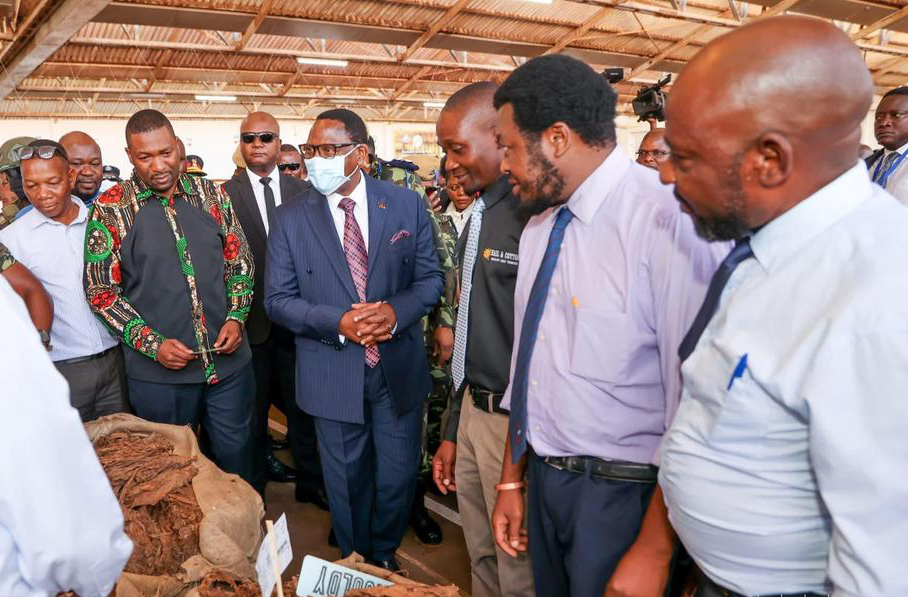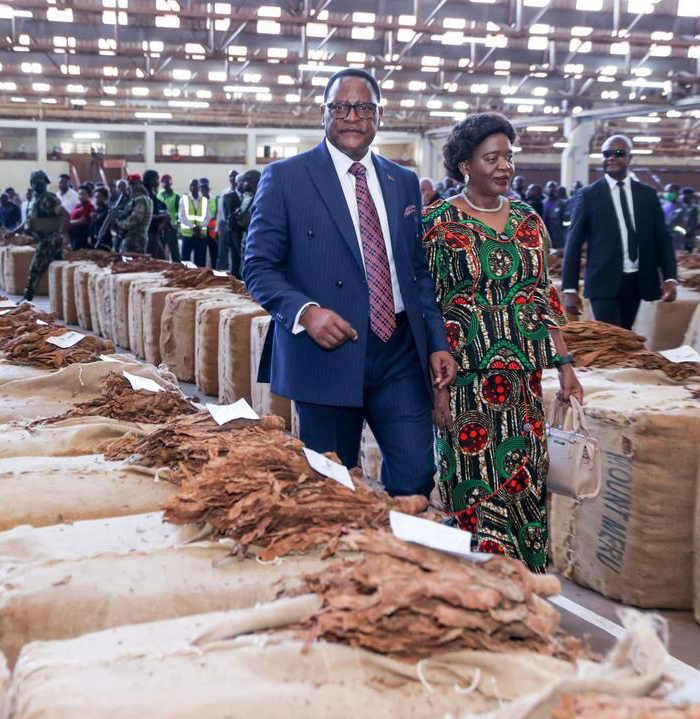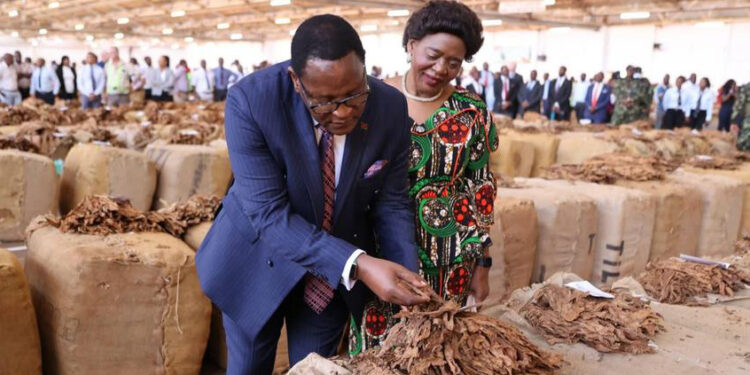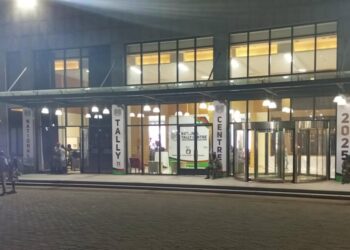The 2024/2025 tobacco marketing season has opened on a promising note, with prices at the Lilongwe Auction Floors pointing to a continued upward trend that has marked Malawi’s tobacco industry over the past few years.
On the opening day of sales, April 9, tobacco fetched an impressive average price of US$3.20 per kilogram, translating to approximately K5,440 per kg using current exchange rates. The second day followed closely at US$3.00 per kg, or about K5,100 per kg—a significant leap for growers accustomed to much lower margins in the past decade.
These initial sales mainly involved Malamba Dothi—low-grade tobacco leaves harvested near the base of the stalk. Given this, analysts are predicting even higher prices as higher-grade tobacco begins to flood the market in coming weeks. The Malawi tobacco market is poised to surpass past benchmarks, potentially setting a new record since 2017.
This growth in pricing has not happened by accident. It is the result of deliberate and robust policy leadership under President Dr. Lazarus McCarthy Chakwera, whose administration has been unrelenting in safeguarding the interests of tobacco farmers and ensuring that the country’s “green gold” translates into real cash in farmers’ pockets.

“We must recognise and protect the critical role that tobacco farmers play in shaping our economy,” President Chakwera said during the official opening of the season at Auction Holdings in Kanengo. “They are central to stabilising our kwacha and sustaining our foreign exchange reserves.”
The president’s remarks came amid cheers from growers and buyers alike, as this year’s crop has already demonstrated improved quality—thanks in part to extension services and regulatory oversight championed by the Ministry of Agriculture.
The price of tobacco per kilogram has steadily climbed over the past years with the past administration of the Democratic Progressive Party (DPP) under the 86-year-old Arthur Peter Mutharika presiding over the worst and lowest tobacco prices:
| YEAR | PRICES |
| 2017 | $1.61 (approx. K2,740) |
| 2018 | $2.14 (approx. K3,640) |
| 2019 | $1.45 (approx. K2,465) |
| 2020 | Auction avg. $1.11 (K1,887), Contract avg. $1.48 (K2,516) |
| 2021 | $1.60 (approx. K2,720) |
| 2022 | $2.14 (approx. K3,640) |
| 2023 | $2.35 (approx. K3,995) |
| 2024 | $2.98 (approx. K5,066) |
| 2025 Start | $3.00–$3.20 (approx. K5,100–K5,440) |
These numbers highlight a consistent upward movement—giving hope to farmers who previously toiled for little return.
Considering the cost of farm inputs such as fertilizer, labour and transport adding to the burden, previous prices left many farmers with thin or negative margins. But with current prices, a smallholder farmer selling just 300 kilograms of good-quality tobacco could earn about K1.5 million—enough to cover inputs, pay labourers fairly, and still support a household.

The Tobacco Commission has projected that 1.5 million bales will be sold this year, with production increasing to 170 million kilograms, up from last year’s 133 million kilograms. Chairperson Dr. Godfrey Chapola thanked President Chakwera for his commitment to ensuring farmer-friendly prices and revealed that 11 buying companies have shown interest in Malawi’s crop—some prepared to purchase up to 200 million kilograms if supply allows.
While the world continues to debate the future of tobacco, Malawi is steadily proving that with the right policies, leadership, and farmer-centric approaches, the crop can still serve as a powerful driver of economic development—one that dignifies the toil of farmers rather than trapping them in cycles of poverty.
As President Chakwera aptly put it, “We must work to ensure that the farmer benefits first.” And this year, they just might.








